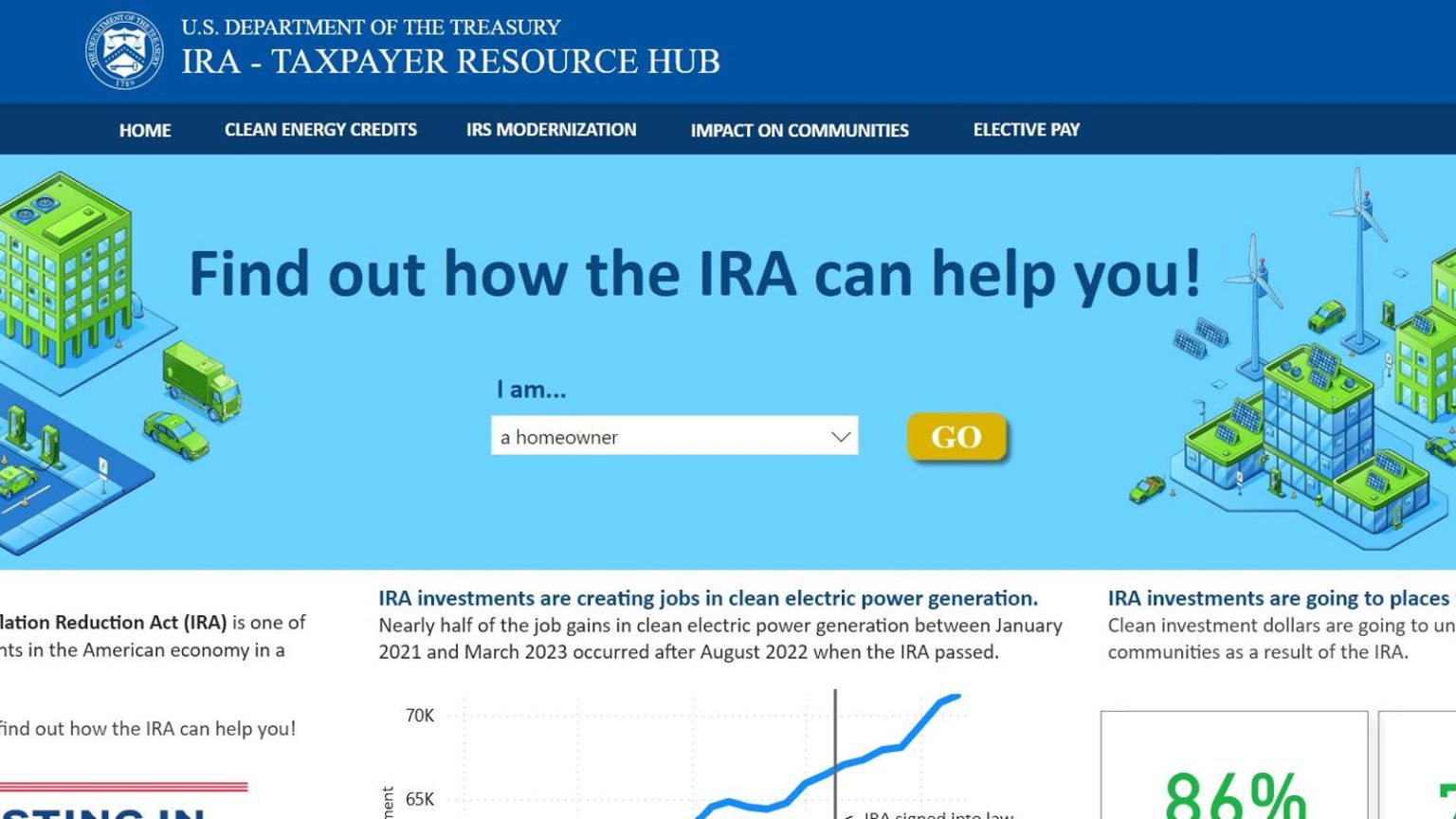The Inflation Reduction Act (IRA) offers billions of dollars in tax credits and incentives that can benefit consumers, business leaders, and communities. Passed by Congress under Speaker Nancy Pelosi and signed by President Biden, the IRA is part of a package of legislation aimed at improving the U.S. economy. In addition to the IRA, the Infrastructure Investment and Jobs Act (IIJA) and the CHIPS & Science Act are also providing significant financial support to various sectors of the economy. The IIJA is focused on upgrading the country’s infrastructure, while CHIPS aims to bring manufacturing jobs back to the U.S. and strengthen supply chains.
Rachel McCleery, a Senior Advisor in the Treasury Department, works with the Inflation Reduction Act Program Office to help individuals and businesses understand how to take advantage of the tax credits and incentives offered by the IRA. McCleery emphasizes that almost everyone is eligible for some type of tax credit within the law, but navigating the complex system of incentives can be challenging. The Treasury Department has issued over 60 pieces of regulatory guidance so far, with more being released regularly to help consumers and businesses access the benefits provided by the IRA.
The incentives offered by the IRA are organized by industry, including energy efficiency, energy generation, manufacturing, vehicles, fuels, and carbon capture. There are also specific incentives tailored to different audiences, such as consumers, labor, small businesses, and tax-exempt organizations. Businesses looking to benefit from the IRA tax credits can find detailed information on the Treasury Department’s website, which serves as a resource hub for taxpayers seeking information on how to access the incentives available to them.
Some key points to accessing IRA tax credits and incentives include visiting the Treasury Department’s website at treasury.gov/ira, following relevant links based on your needs and role, and exploring incentives for domestic manufacturing, clean energy projects, and carbon emissions reduction. Tax-exempt entities can also benefit from the IRA through a mechanism called “Elective Pay,” which allows them to access tax credits that were previously unavailable to them. Businesses in disadvantaged communities can explore tailored incentives like the Low-Income Communities Bonus Credit (48e) and the Justice40 initiative to help these communities.
Another way to take advantage of IRA tax credits is by using them to offset the costs of purchasing electric vehicles. Over 13,000 dealers have registered to offer an advanced payment of $7,500 off the price of an electric vehicle at the time of sale, resulting in over $580 million in advance payments issued by the IRS. McCleery recommends that consumers and business leaders seek guidance from trade organizations and professional advisors to fully understand and utilize the benefits offered by the IRA. The Treasury Department continues to release guidance and rules to help individuals and businesses access the incentives available to them, and more information can be found on the Electric Ladies Podcast.


